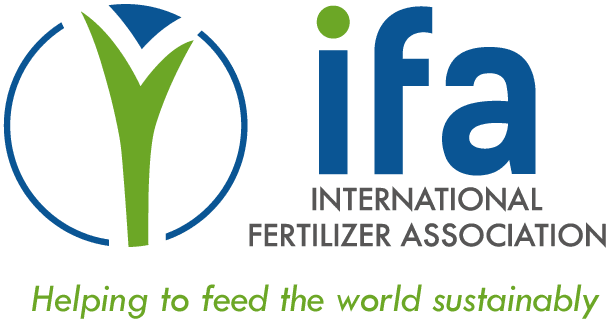Fertilizer Industry Ambitions
Our Industry
Fertilizer Industry Ambition Statement.
The ambition of the fertilizer industry is to improve food and nutrition security by enhancing crop yield and the nutritional quality of plants, supporting healthy soils and preventing deforestation. The industry works closely with the global agri-food value chain to help make food more accessible and to respond to ongoing shifts in nutrition and dietary requirements, while reducing the carbon footprint of agriculture.

By 2050, we aim to reduce industry’s direct greenhouse gas emissions associated with nitrogen fertilizer production by an average of 70%*.
Industry actions, the industry will work towards this ambition:
- by implementing scientifically validated low-carbon pathways, using Best Available Technologies (BATs), using renewable energy as a feedstock where available, and using Carbon Capture, Use and Storage (CCUS),
- by contributing to public and private efforts to support investment in decarbonizing fertilizer production.
Enabling system conditions:
- This ambition requires the development of affordable and accessible technologies that allow companies of all sizes to work towards the ambition.
- This ambition requires a policy environment, accompanying legislation and financial instruments that support innovation and investment in low-emission technologies.

We continue to work towards increasing nutrient use efficiency in crop production**.
Industry actions, the industry will achive this ambition:
- by increasing nitrogen use efficiency in crop production from the current level of 55% to 70% by 2040, and by improving phosphorus and potassium use efficiency,
- by promoting 4R programs (applying the right nutrient source at the right rate, at the right time, in the right place),
- by expanding data and knowledge sharing,
- by working with relevant third parties to identify barriers to improved nutrient use efficiency,
- by developing innovative products, and solutions to improve nutrient balances and minimize nutrient losses to the environment,
- by developing and supporting solutions to increase nutrient recovery and recycling of nutrients,
- by working with governments and through public-private and private-private partnerships that contribute to helping farmers to increase nutrient use efficiency on their land.
Enabling system conditions:
- This ambition requires further development of supporting national policies that have similar goals, favor access of farmers to knowledge and innovations, and eliminate potential trade barriers for new products.
- This ambition should be accompanied by market mechanisms that contribute to incentivize on-farm adoption of practices and technologies that improve nutrient efficiency.

We continue to work to close the nutrient and yield gaps and to help eliminate hunger worldwide.
Industry actions, the industry will work towards this ambition:
- by supporting the development of national nutrient roadmaps that aim to improve the availability, affordability and use of plant nutrients,
- by helping boost local production and blending of mineral fertilizers adapted to local needs,
- by helping strengthen local distribution of plant nutrients,
- by facilitating capacity building and knowledge improvement in retail and on the farm.
Enabling system conditions:
- This ambition requires further development of infrastructure or development of a more decentralized model to ensure access to fertilizers in remote regions.
- This ambition requires a policy environment, accompanying legislation and financial instruments that support innovation and investment in low-emission technologies.
- This ambition requires parallel implementation of efficient water management technologies to support the adaptation of farmers to changing climatic conditions.
- This ambition necessitates the right policy framework that supports the input and output markets, access of farmers to finance, investments in national fertilizer production and supply on the farm.


*Using the official International Energy Agency’s Sustainable Development Scenario and a 2019 baseline.
** Nutrient use efficiency (NUE) refers to the proportion of nutrients applied from all sources that are taken up by the crop. It is measured as the ratio between the nutrient output (the amount of nutrients removed from the field with the harvested product) and the total input. The current global average NUE levels vary widely among nutrients and countries. Hence, specific ambitions and solutions vary by nutrient, geography, and cropping system. In general, high NUE (above 100%) reflects soil mining, requiring an increase of inputs, while low NUE reflects overapplication of fertilizers, requiring more precise input management to reduce surplus nutrient application that may negatively affect the environment.
